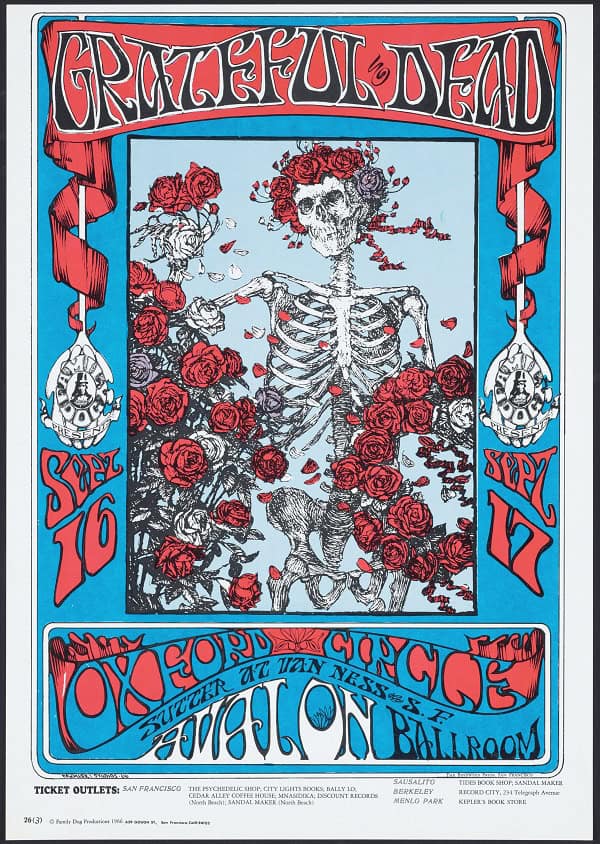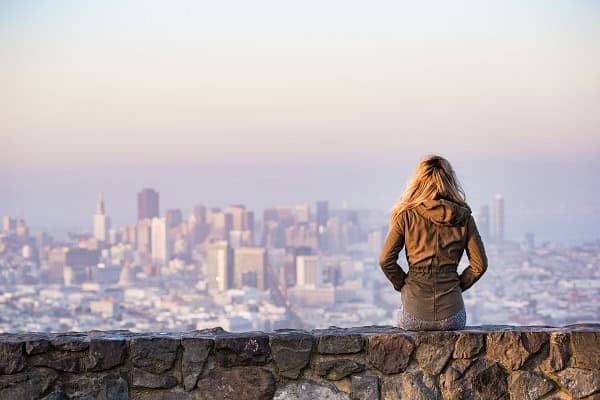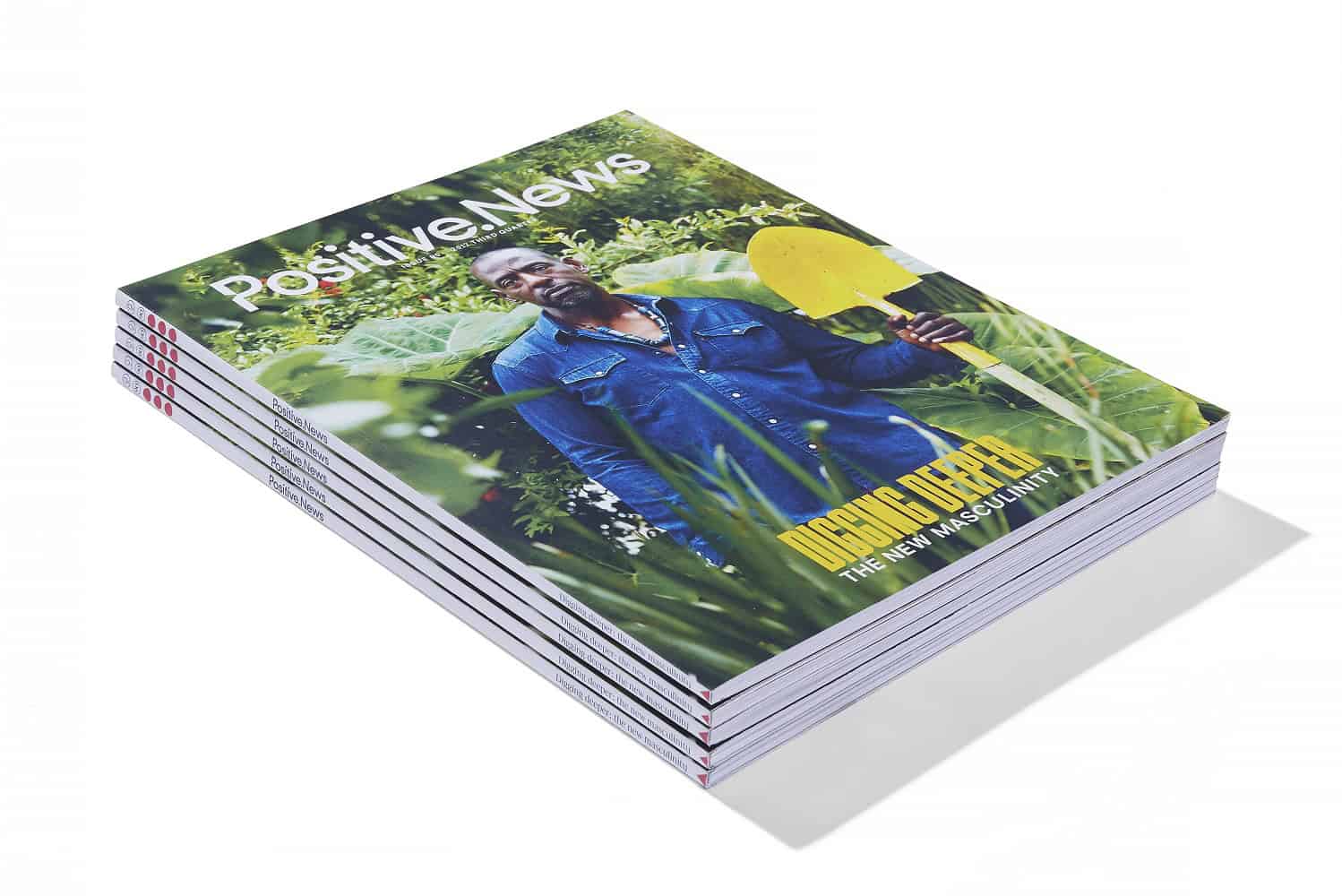It’s half a century since the summer of love changed San Francisco forever. Today, big tech has moved in, while artists have moved out in search of cheaper cities. James Stewart visited to take the temperature of this famous hippy hotspot
I’m sitting outside a cafe in Cole Street, San Francisco, when a long-haired young man walks past. He’s barefoot and a guitar is slung across his back. He turns the corner and saunters away, loose-limbed and groovy, just another 21st-century hippy in the Haight-Ashbury neighbourhood, hoping to turn on and tune in to whatever lingers from the summer of love.
I’ve come to San Francisco (with no flowers in my hair) because this year marks the 50th anniversary of that utopian blast of energy and hope. Depending on whose accounts you read, between 75,000 and 150,000 young people travelled to the city in 1967 to be part of a movement that seemed poised to change the world irrevocably. “There was a fantastic universal sense that whatever we were doing was right, that we were winning,” Hunter S Thompson later wrote.
Get the magazine, join the movement, and help us change the news for good.
Subscribe to Positive News
This was the year hippy culture went mainstream; when the Grateful Dead played free concerts in Haight-Ashbury’s Golden Gate Park and US psychologist and writer Timothy Leary advised 30,000 people to “Turn on, tune in and drop out” at the Human Be-In (“A gathering of the tribes. Bring flowers and incense”).
“We were riding the crest of a high and beautiful wave.” wrote Thompson. “With the right kind of eyes you can almost see the high-water mark.”
That’s why I’m in Haight, hippy ground zero. First impressions aren’t too promising. Bathed in flower-power nostalgia, painted a rainbow of colours, Haight Street is full of touristy boutiques peddling figurines of Hindu gods, kaleidoscopic tie-dye and an awful lot of bongs, (California permits medicinal marijuana).
I’ve got the place all wrong, reckons Stan Flouride of Haight-Ashbury Flower Power Walking Tour. “People forget just how radical this stuff was,” he says. And he should know because he was there. Stan was more hirsute when he arrived in 1970 but also then someone who might have met me, as now, wearing a badge reading: ‘The greater good not the lesser of two evils’.

A poster for a Grateful Dead gig at the Avalon Ballroom, California. Image: Stanley Mouse
He reels off rock’n’roll anecdotes as we tour from one handsome Victorian villa to another: a now-lovely house at 22 Belvedere Street where Jefferson Airplane shacked up; a pink villa at 635 Ashbury that was Janice Joplin’s place; a beautiful residence at 710 Ashbury that housed the Grateful Dead, its pavement heavily graffitied (“What a trip!”).
Yet I’m more interested in less celebrated legacies of the period. Things like the Haight Ashbury Food Program co-operative that continues to feed the area’s homeless. Or the trees. “You can blame these on the hippies,” Stan says, gesturing down another leafy backstreet. They were planted in the 70s by an action group Friends of the Urban Forest. “In those days, if you saw a problem you tried to fix it.”
It’s easy to forget that there was more to hippy culture than acid rock and flares. As important was its idealism. Civil rights and racial equality only became mainstream issues because of 60s counterculture. And you can thank it – in huge part – for such ‘isms’ as feminism, environmentalism and anti-authoritarianism.
But can the mojo of 60s San Francisco survive in a city now warped by Silicon Valley wealth? Its intellectual idealism seems alive in City Lights Books, the North Beach shop that was the cradle of Beat poetry. Scrawled slogans shout from the walls: “Printer’s ink is the greater explosive!” and “Democracy is not a spectator sport!”.
And at the San Francisco Museum of Modern Art, marketing director Jennifer Northrop points to a new wing, a rippling modernist cliff, as evidence of the period’s enduring spirit. “The whole spirit of this city is how to make things better as a community. People raised $610m so that we were fully funded when this [expansion] opened. That’s incredible. We received so many gifts from artists and private collections.”
On her suggestion, I visit The Interval at the Fort Mason Center for Arts and Culture. It looks the usual vintage-styled hipster cafe-bar until you notice owner Stewart Brand’s library, curated “to kickstart civilisation”. Don Quixote sits next to How to Build Your Own Telescope – and panels about his plans to breed mammoths. Their revival could restore the health of damaged tundra grasslands, he says.
We were riding the crest of a high and beautiful wave. With the right kind of eyes you can almost see the high-water mark
It’s one element of his Long Now Foundation, “not so much a thinktank, more of a ‘do tank’” to promote long-term thinking for planetary health. Mammoths sounds peak hippy dippy until you learn that Brand was the acid-taking scientist who, from 1968, published the Whole Earth Catalog, a brilliantly original magazine with reader-generated reviews of tools for hippy communes. Google in paperback, basically. A San Franciscan teenager called Steve Jobs would later describe it as a “bible for my generation”.
Brand says: “My revelation was that we were not a company selling to customers. We were selling customers to each other. Sounds familiar, right? It’s today’s sharing economy.” Just down the bay within the headquarters of Google, Twitter and Amazon, San Francisco is again revolutionising how we understand the world.
“People go to New York and Los Angeles to be successful. People come to San Francisco to be happy and make the world better.”
I end up at The Mission, a rapidly gentrifying Latino district known for its murals. An assistant at the Precita Eyes Mural Arts collective, a non-profit, community-run arts group that emerged in the 70s and is based in The Mission, says murals help reclaim cultural space for the community. “We’re a thorn in the side of injustice.”
Armed with a map, I tour more than 50 of the murals. They’re brilliant – vibrant blasts of colour in otherwise shabby streets. Corporations have replaced government as a target, but the message is familiar: social justice, civil rights, love. ‘A head full of fear has no room for dreams’ reads one on 24th Street. Another in Clarion Alley paraphrases John Lennon: ‘Capitalism is over! If you want it’. Creativity, community, calls to radical action – summer of love counterculture alive and proud, just under new guises.
And perhaps that’s the point. We’re so familiar with visual icons of the summer of love that they appear as clichés. Expect full-on tie-dye to reappear as high fashion soon? Me neither. The more powerful legacy of 1967 is its inspiring attitude. Hippies thought big. They believed change was possible. Could protests like Occupy Wall Street ever have taken place without the role model of the 60s?
I recall something Stan had said to me in Haight-Ashbury. “If you try to solve a problem, it might be successful.” Then – shooting me a grin: “Who knows, it might even spread and change the world for the better.”

The San Francisco skyline today
Main image: California Historical Society / Elaine Mayes

